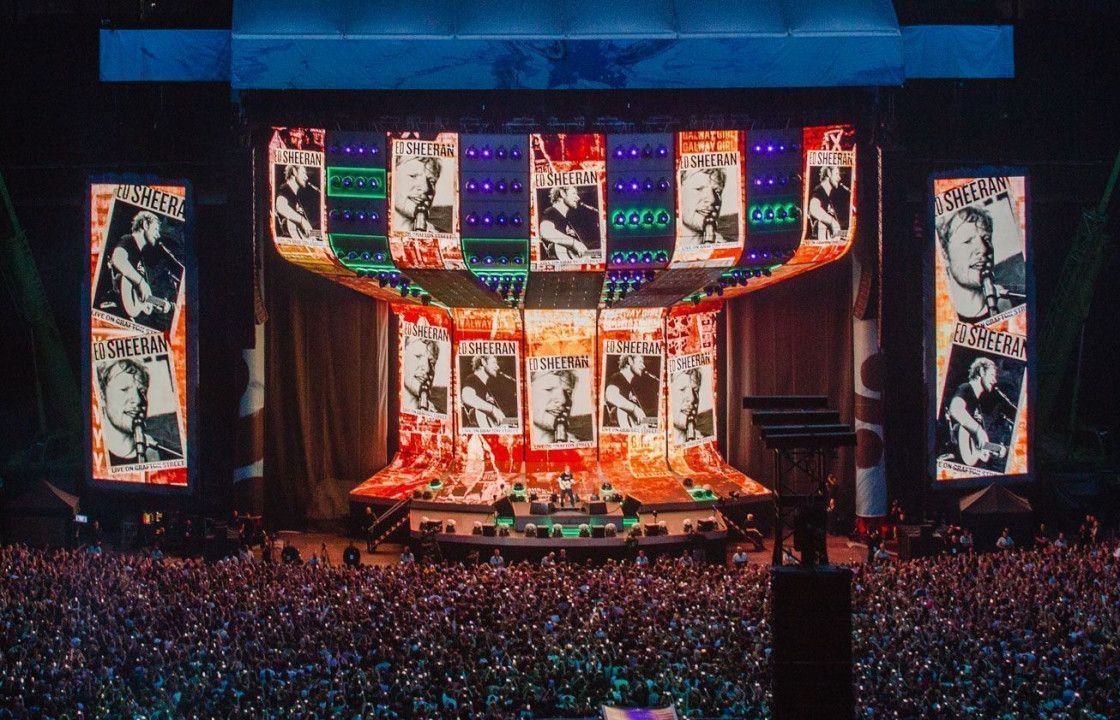Explaining LED Panel Surface Brightness Evaluations for Ideal Screen Performance
Explaining LED Panel Surface Brightness Evaluations for Ideal Screen Performance
Blog Article
LED panel screens have become increasingly popular in various settings, from homes and commercial spaces as well as communal areas. Such panels are known for their bright as well as dynamic visuals, that render these suitable to conveying data, advertisements, as well as engagement. Nevertheless, comprehending brightness illumination levels for Light Emitting Diode panel screens remains crucial for ensuring ideal visual efficacy. Illumination can be quantified using metrics known as nits, which indicate how much light is emitted from the screen. A greater number of quantity in nits, the brighter the display is. For instance, instance, a panel boasting one thousand candelas is significantly brighter than one featuring five hundred candelas, rendering it more suitable for well-lit settings.
When choosing a Light Emitting Diode panel screen, one becomes crucial in take into account which setting where that the screen will be used. In brightly lit areas, such as shopping malls or outdoor settings, a higher brightness level is necessary to ensure visibility. Conversely, in darker environments, such as theaters or conference rooms, a lower brightness level might be adequate. This is because excessive bright unnecessary luminosity within a dark environment can lead to discomfort for viewers, making it harder to focus on a display. Therefore, understanding the specific requirements for an setup site will aid in selecting a suitable illumination rate to ensure ideal visual experience.
A further crucial element to take into account the the contrast large venue audio visual setups ratio of the LED panel screen. This ratio measurement measures the difference between the most luminous light versus the darkest black black that the panel can create. A higher contrast ratio indicates the display can it is capable of show more detail and richness, thereby improves general visual clarity. For example, a panel with an differential proportion of 10,000:1 is able to show images with more brilliant colors and sharper features than a featuring a ratio of one thousand to one. Such becomes especially important when displaying visuals and motion graphics which require high definition as well as fine details, including presentations or promotional material.
Additionally, the technology mechanism behind LED panel screens has a crucial part for their brightness and total efficiency. Different types in Light Emitting Diode technologies, such as OLED as well as Liquid Crystal Display, have unique traits which affect the way luminosity is perceived. OLED panels often provide better differential as well as deeper blacks, thereby may improve the viewing experience within dim environments. Conversely, standard LED panels might prove to be more suitable for well-lit spaces due to their capacity for produce greater amounts of brightness. Comprehending these technological variances can help users in deciding on knowledgeable choices according to specific specific needs.
In conclusion, consistent maintenance and adjustment of LED panel panels can assist maintain optimal illumination and performance long-term. Dirt and dirt may build up on a surface, affecting its brightness and sharpness of a visual. Periodic washing and expert adjustment can ensure the panel panel click over here now functions in its best, offering consistent image clarity. Additionally, some sophisticated LED wall screens come with integrated features which enable users for adjust illumination levels and hue settings based on their preferences. Through taking such steps, operators will ensure the their LED panel panels provide the optimal display efficiency, no matter the setting in that they are placed.